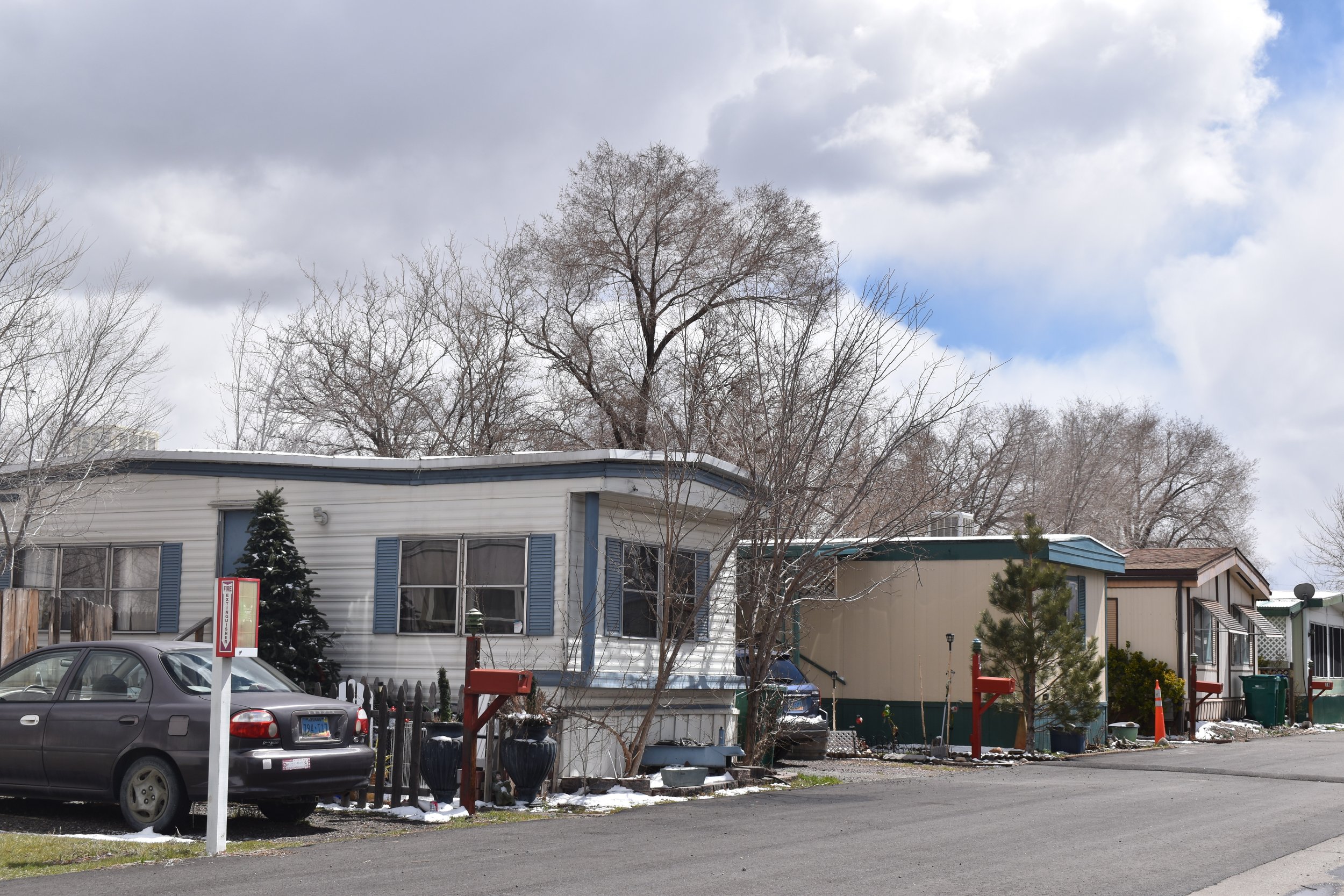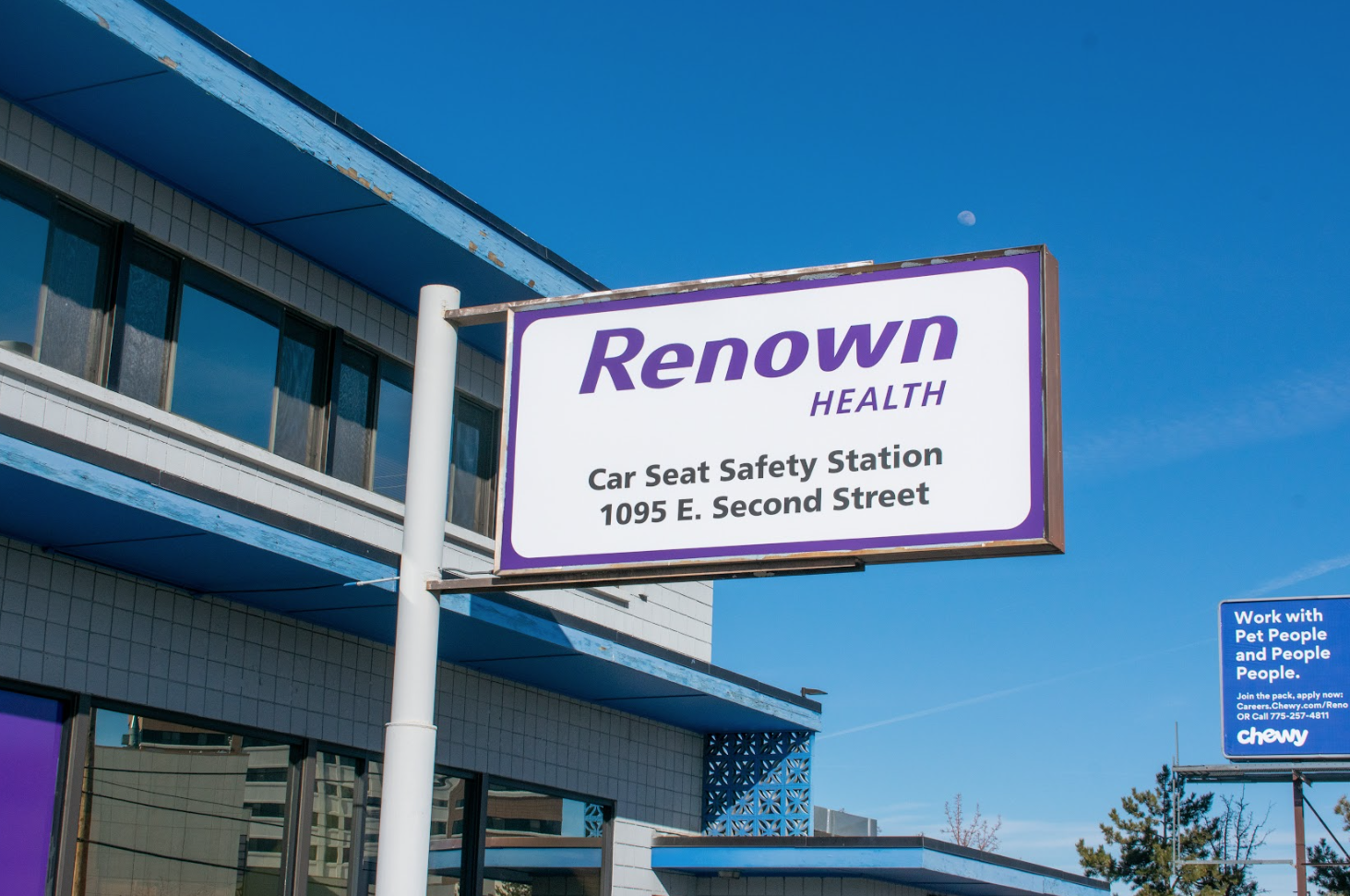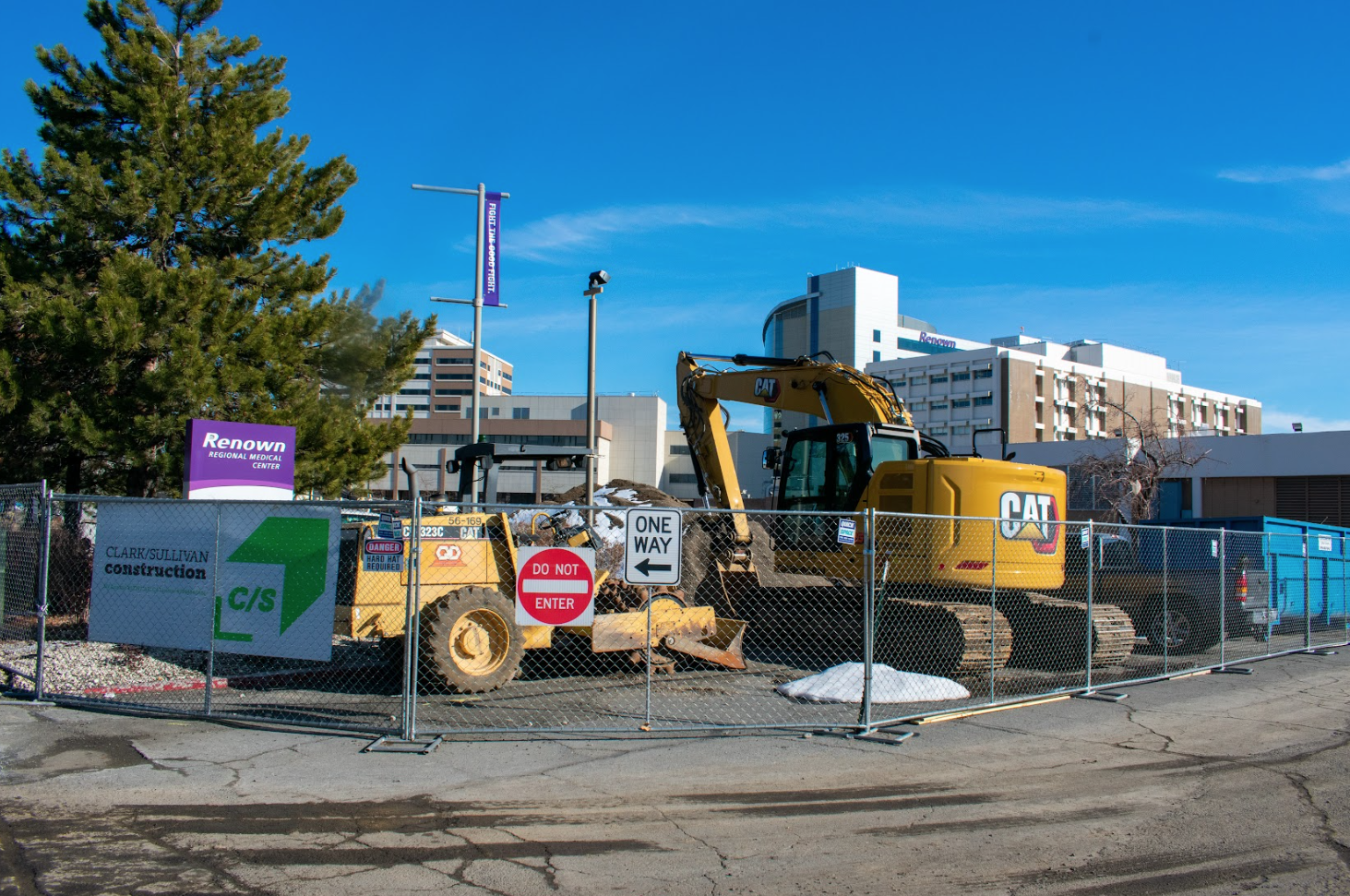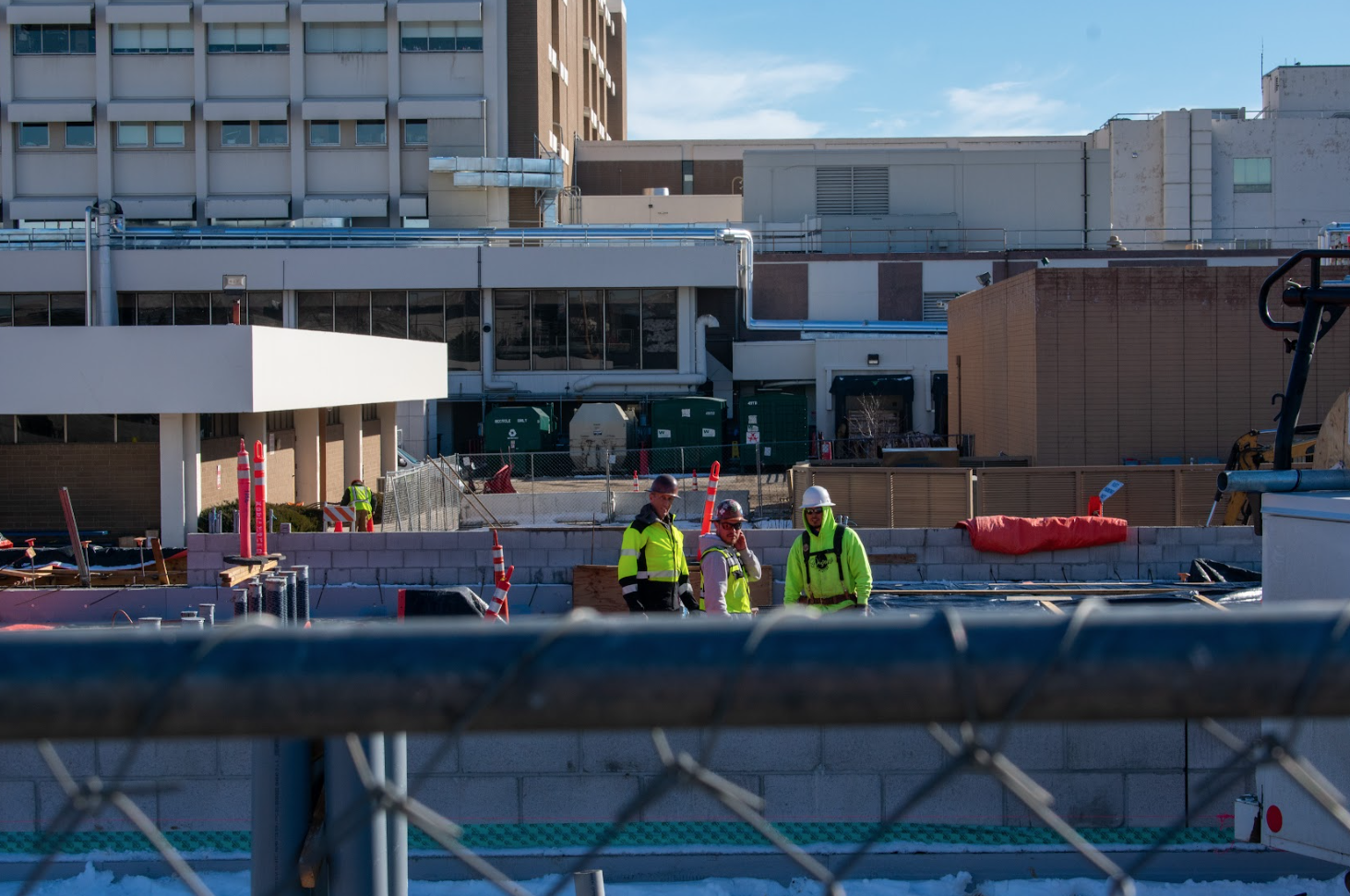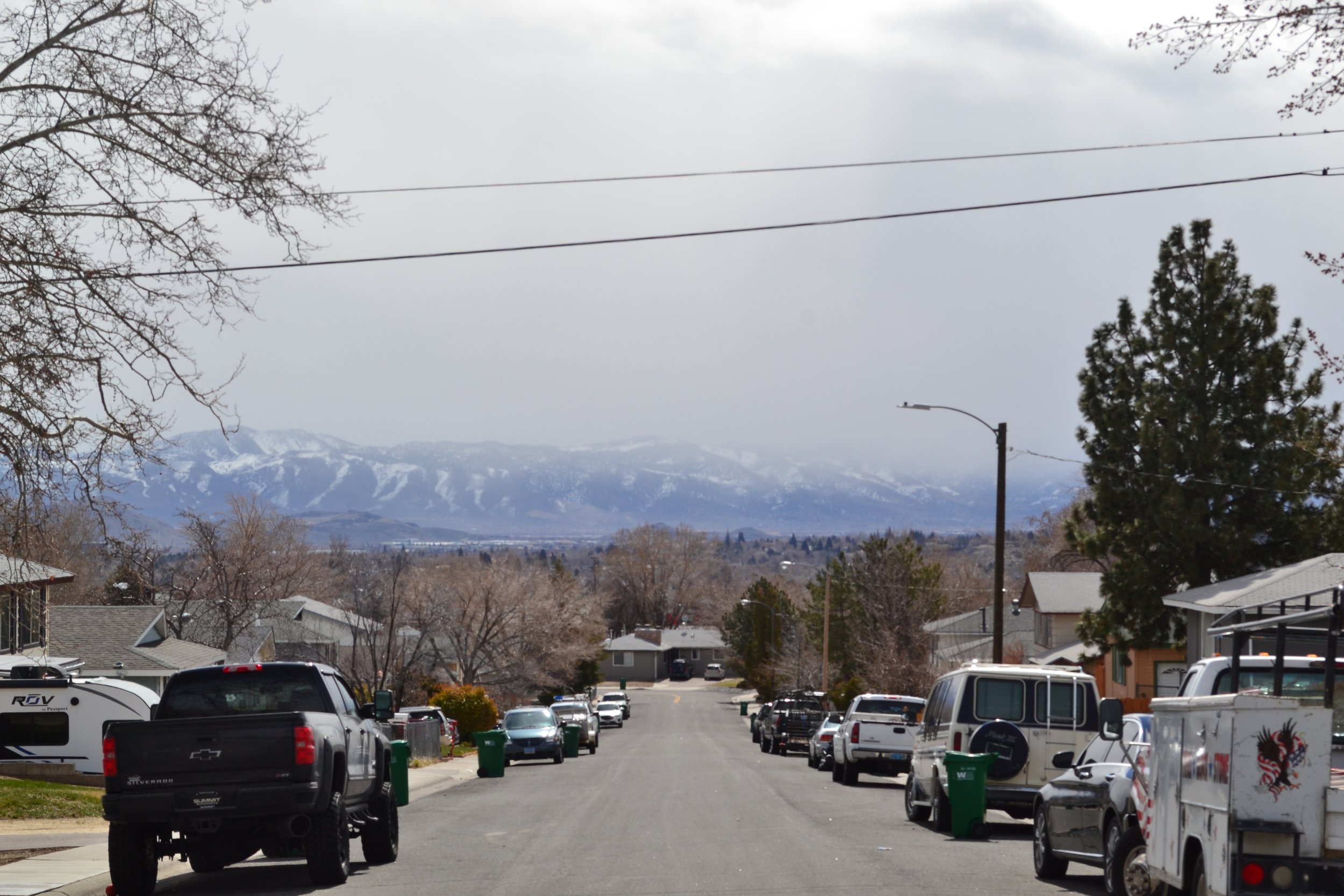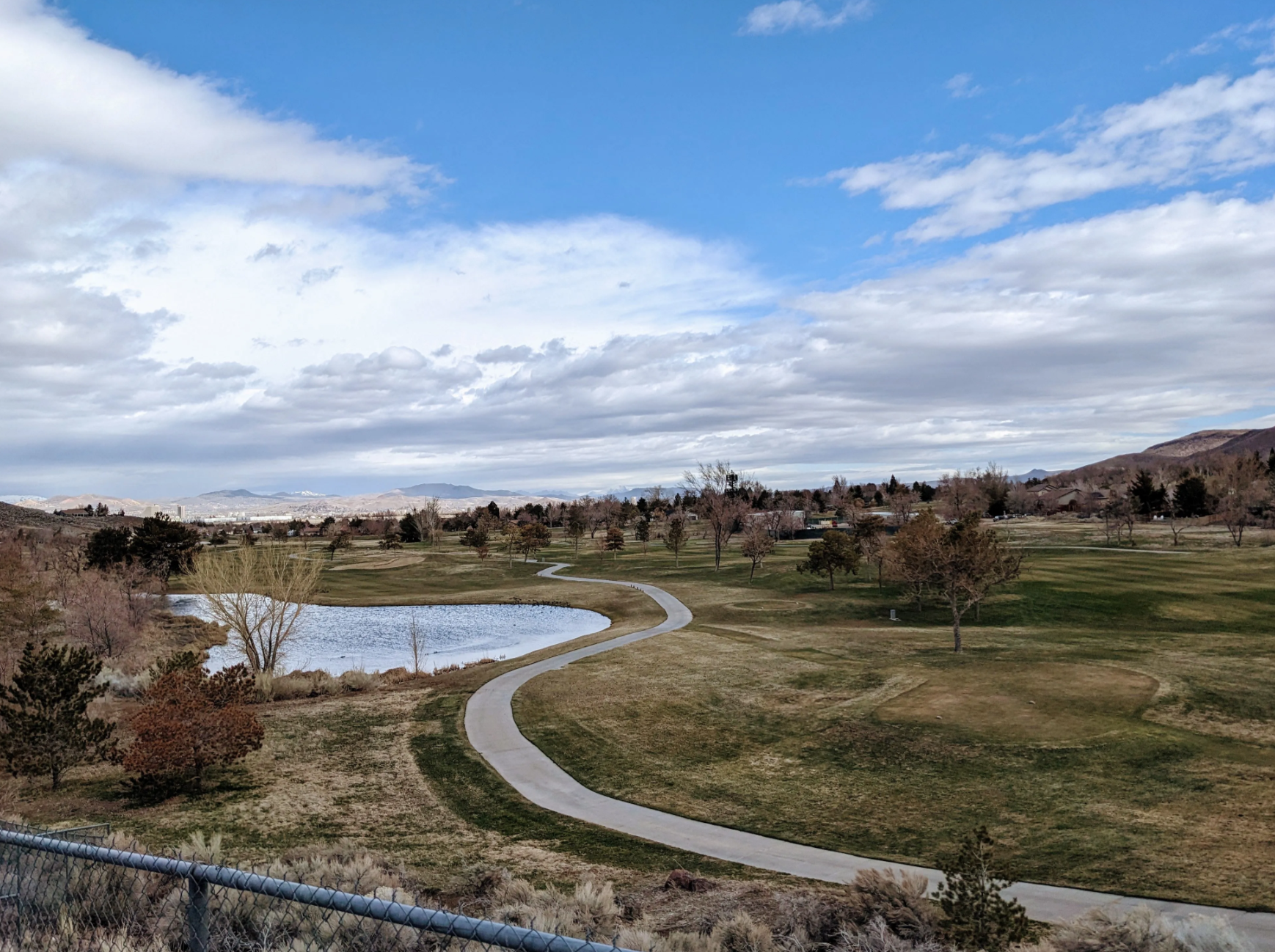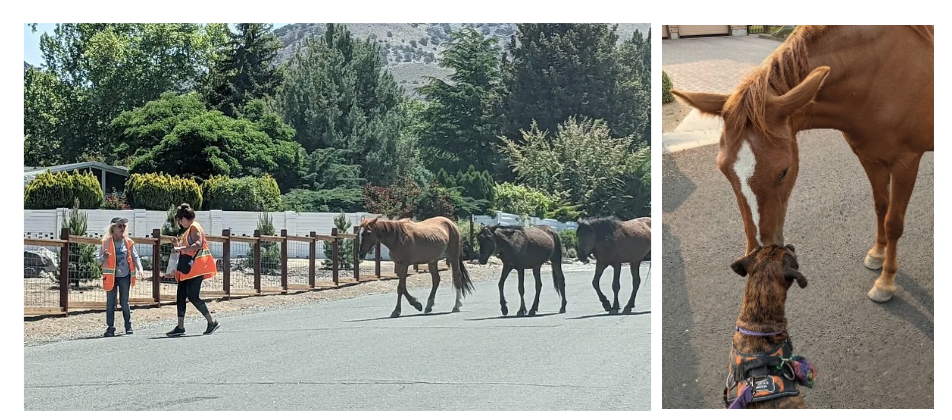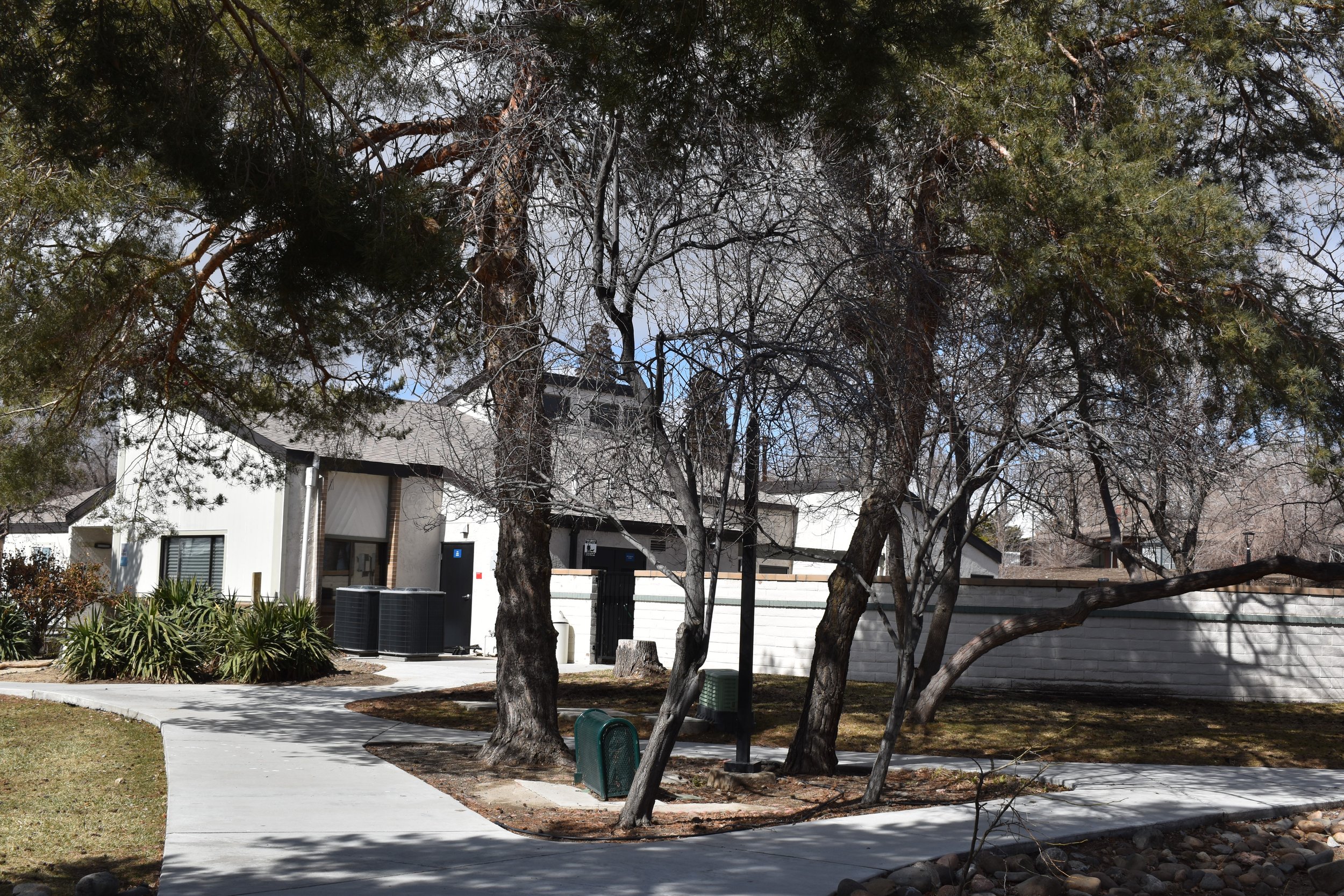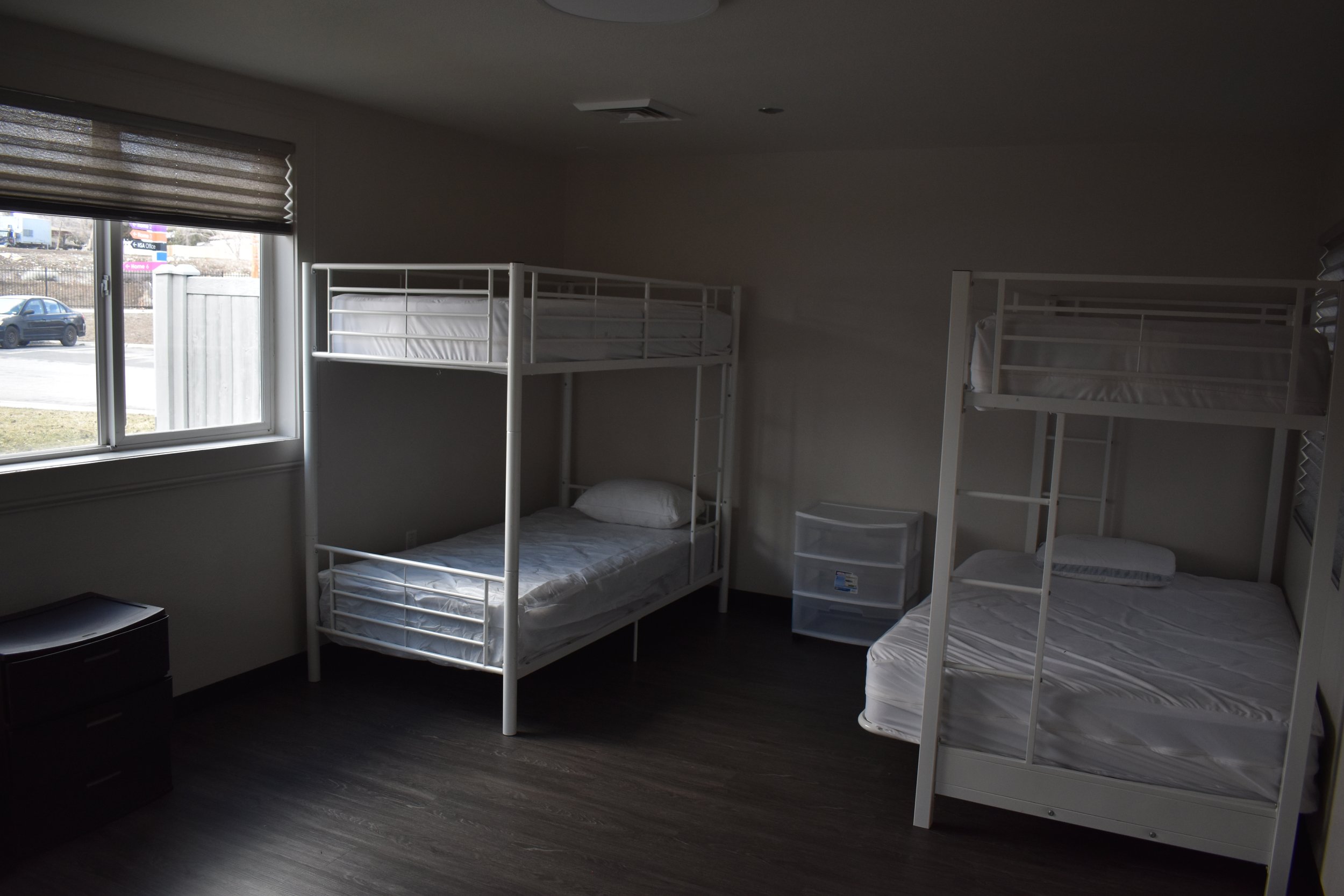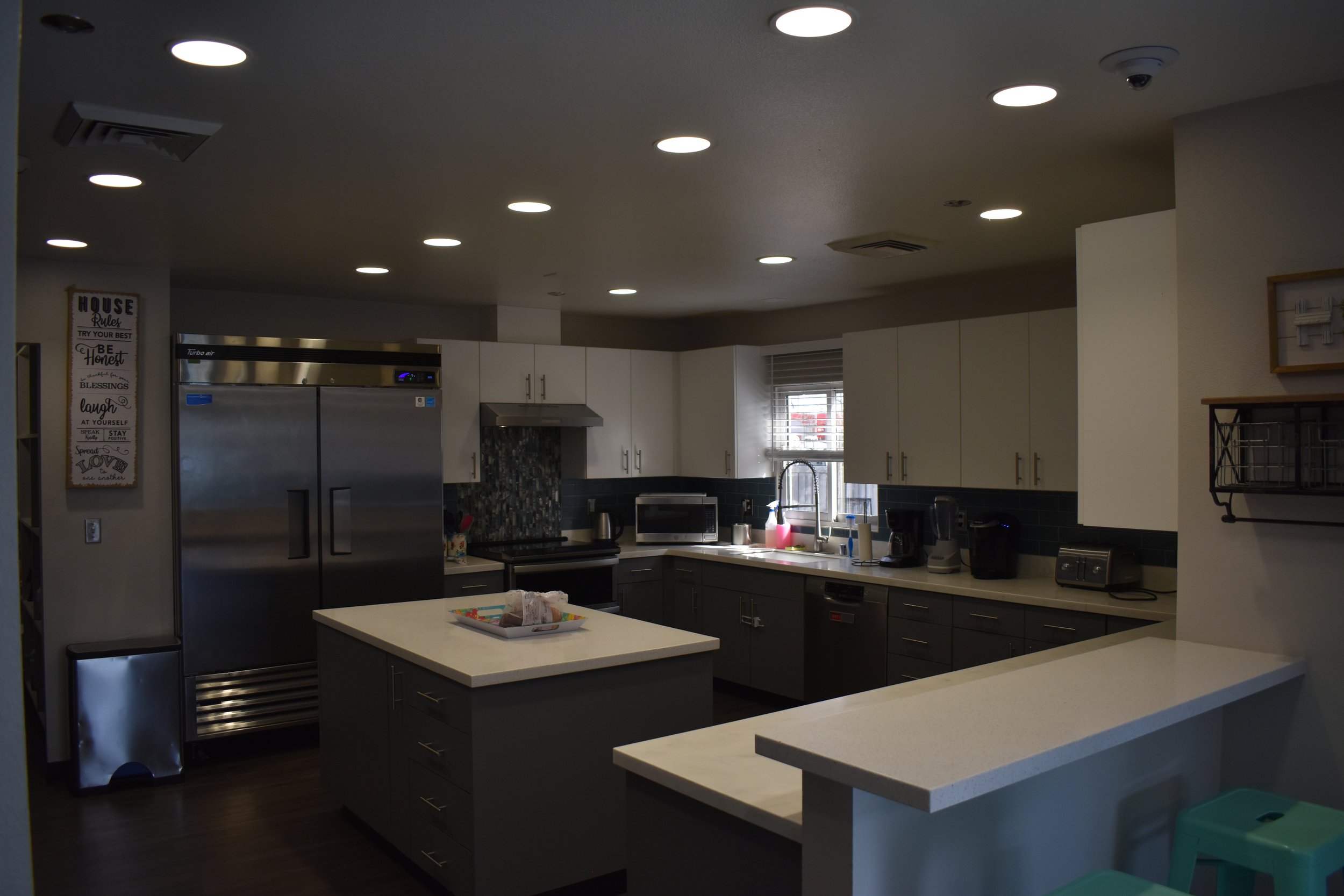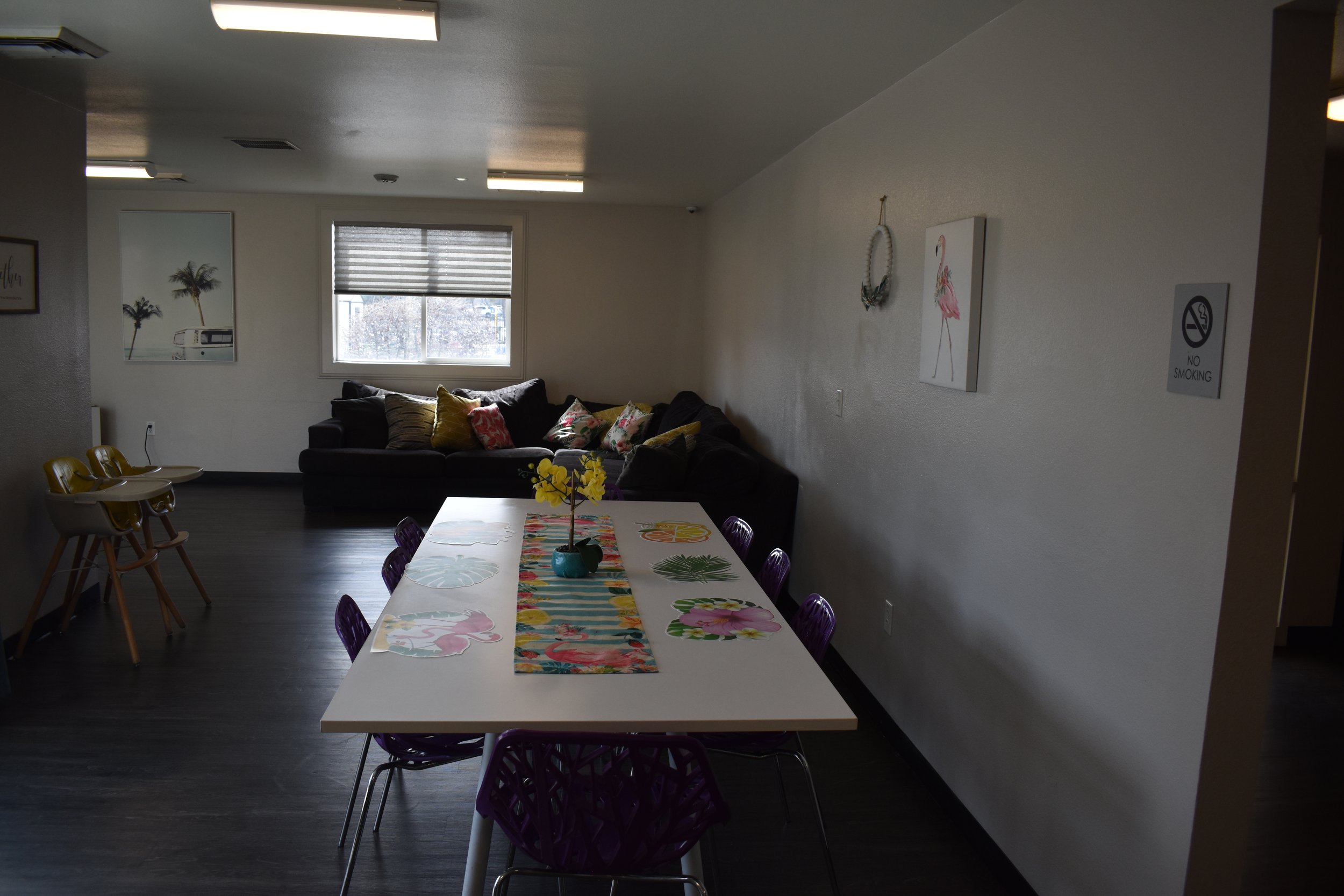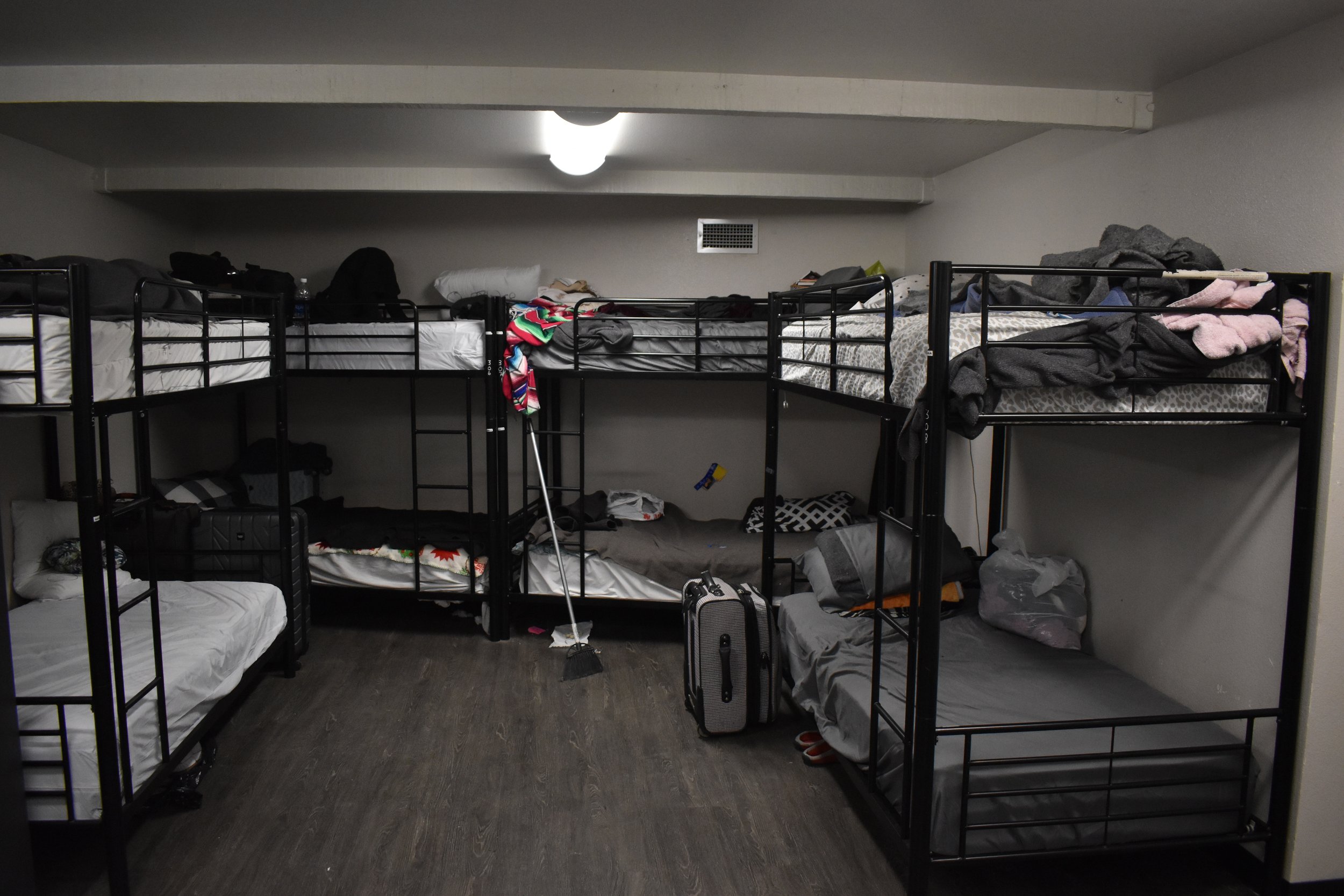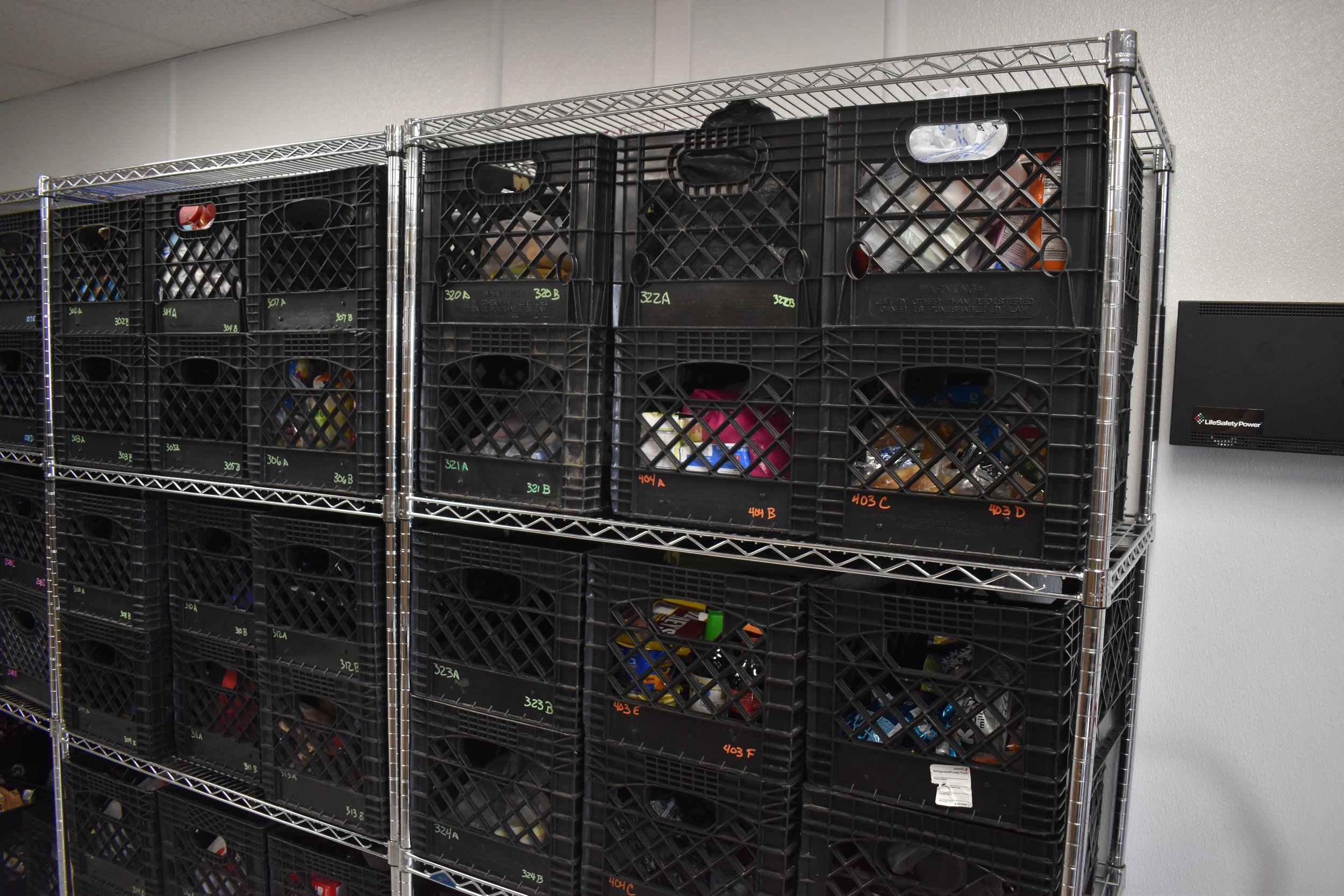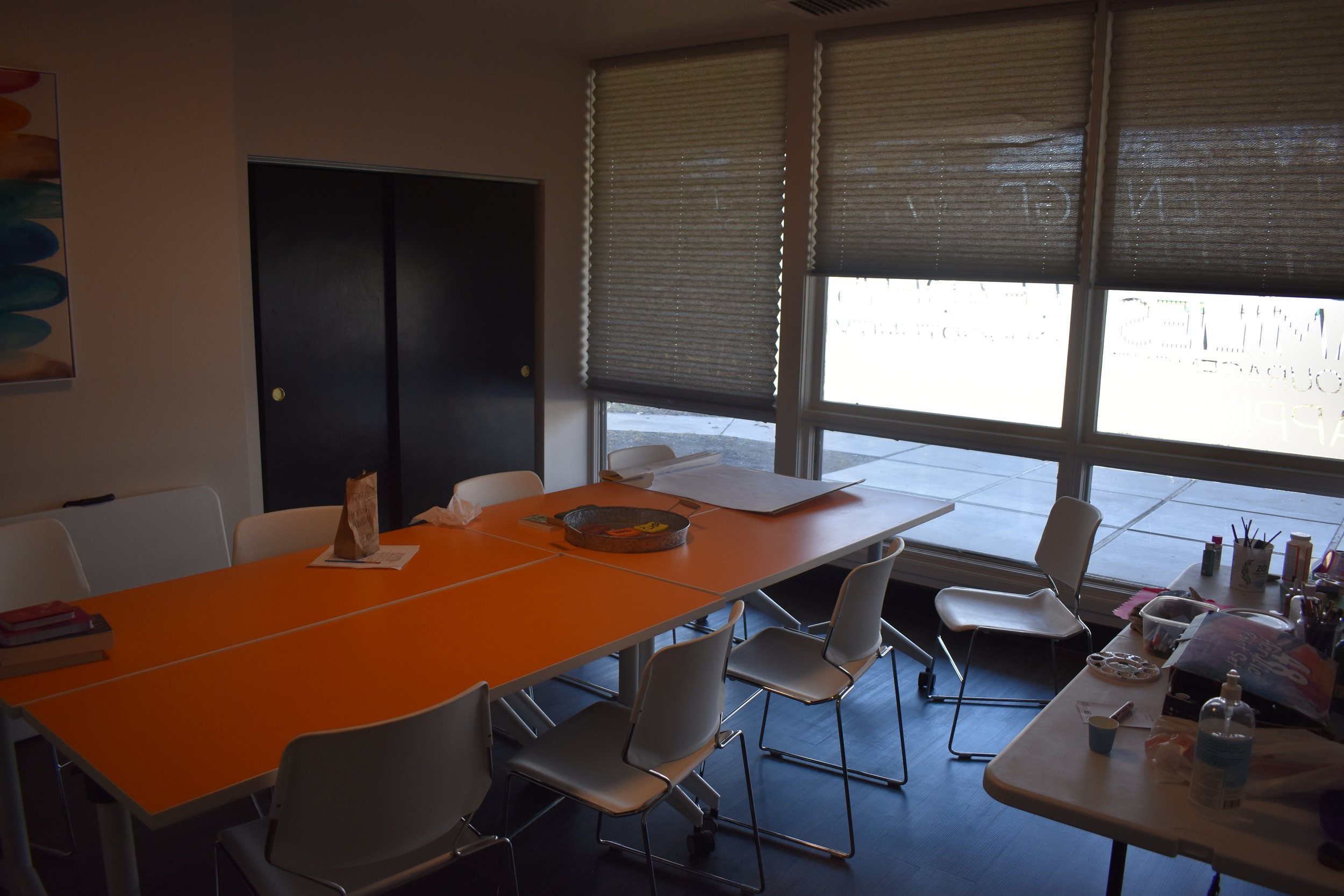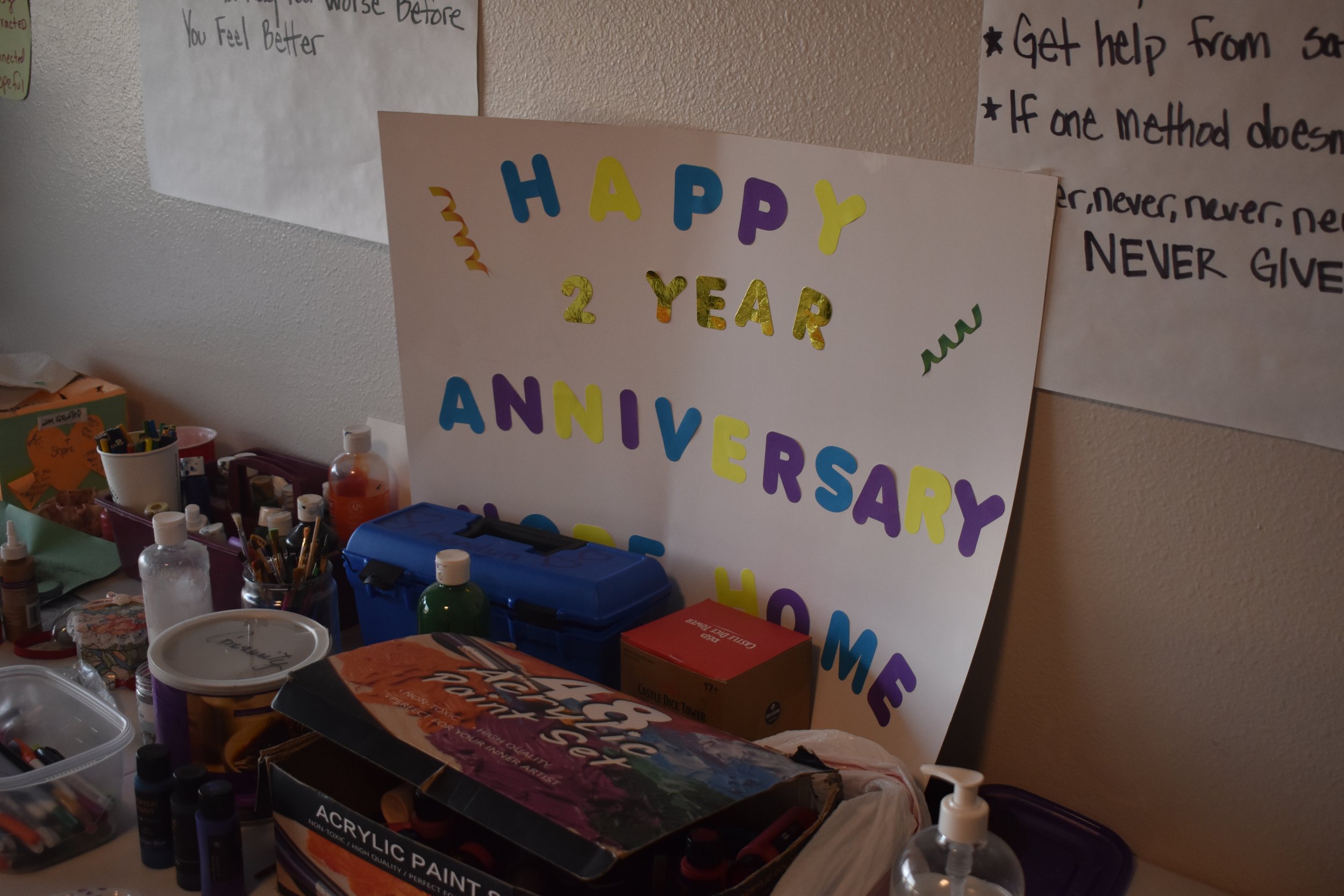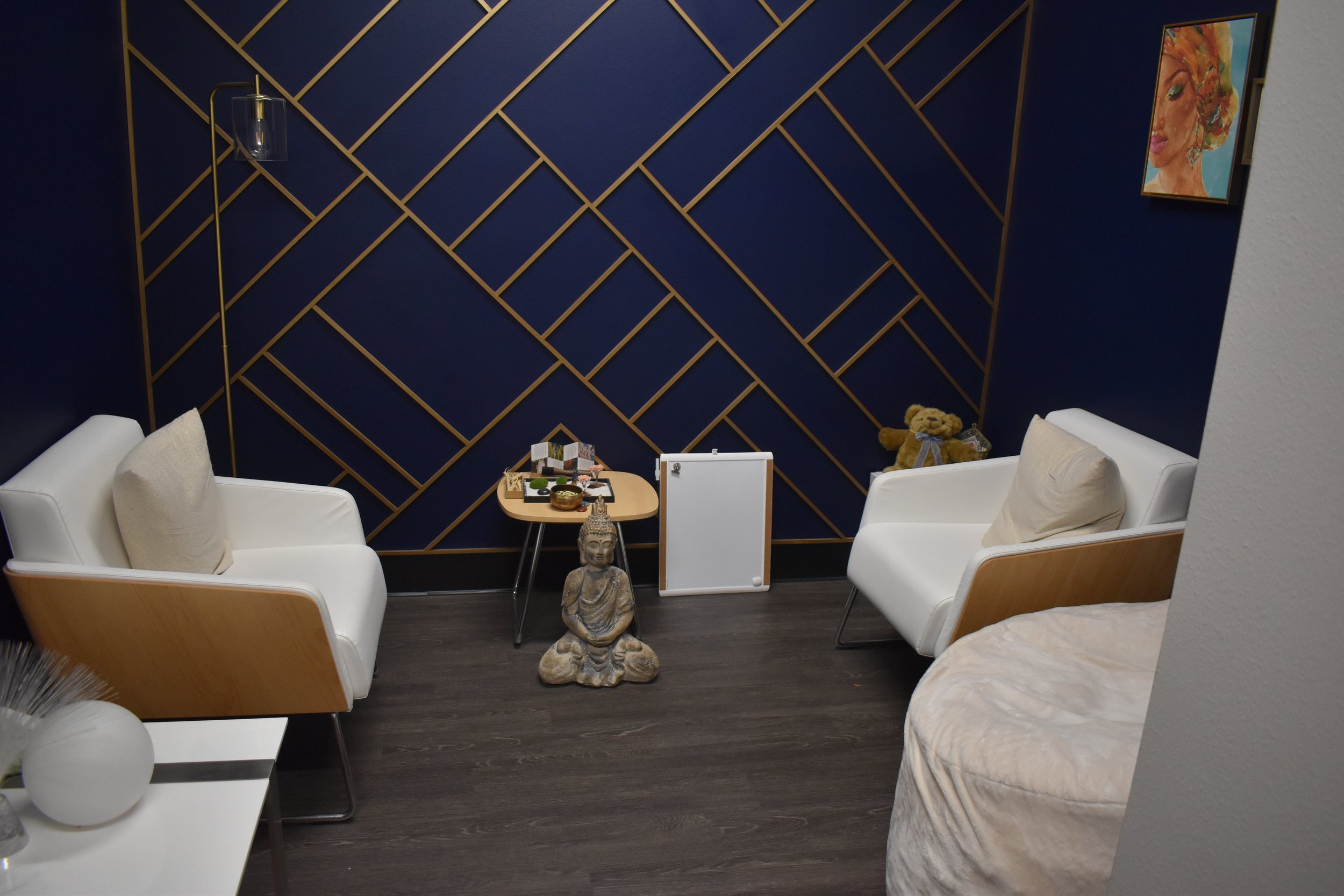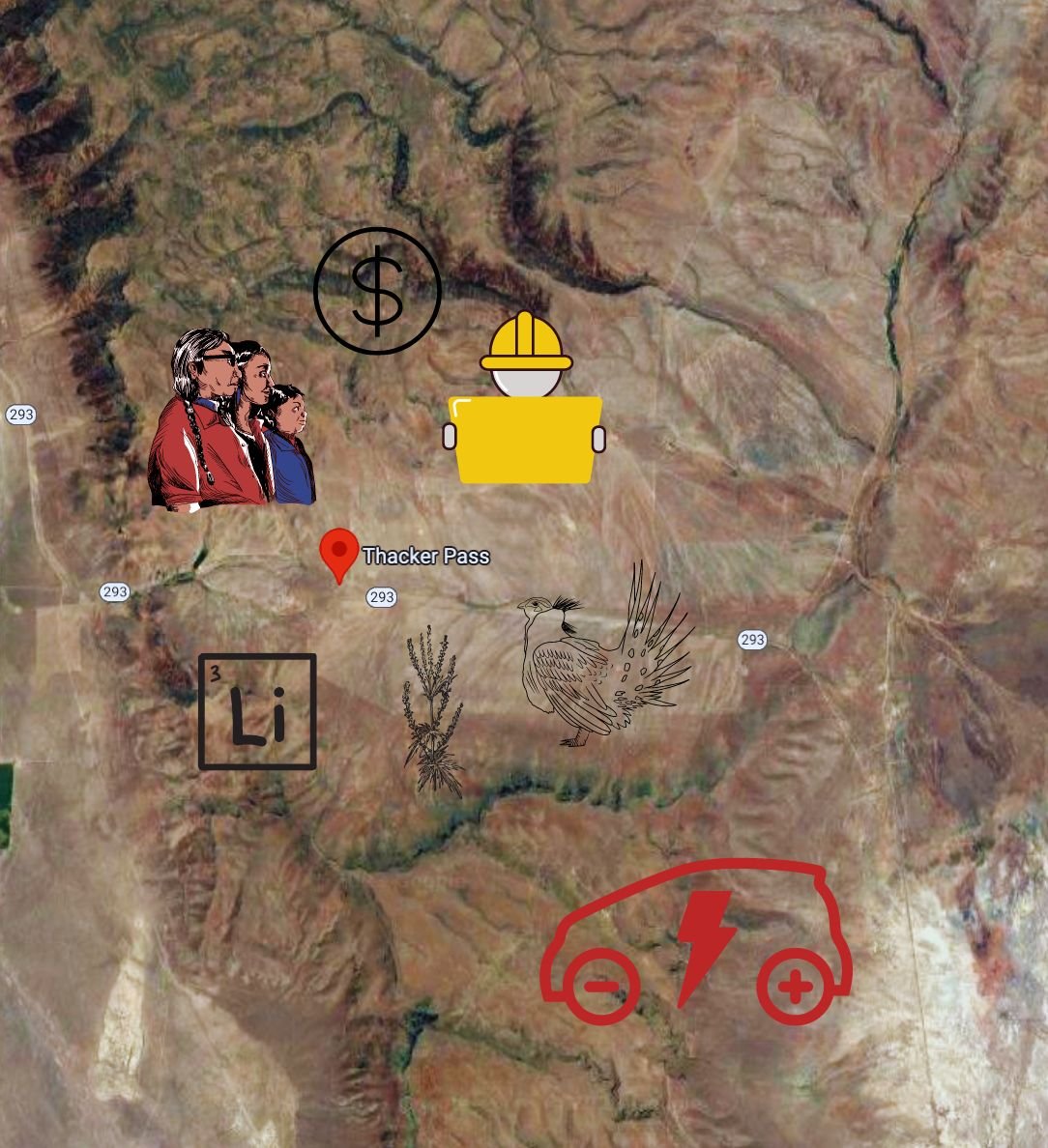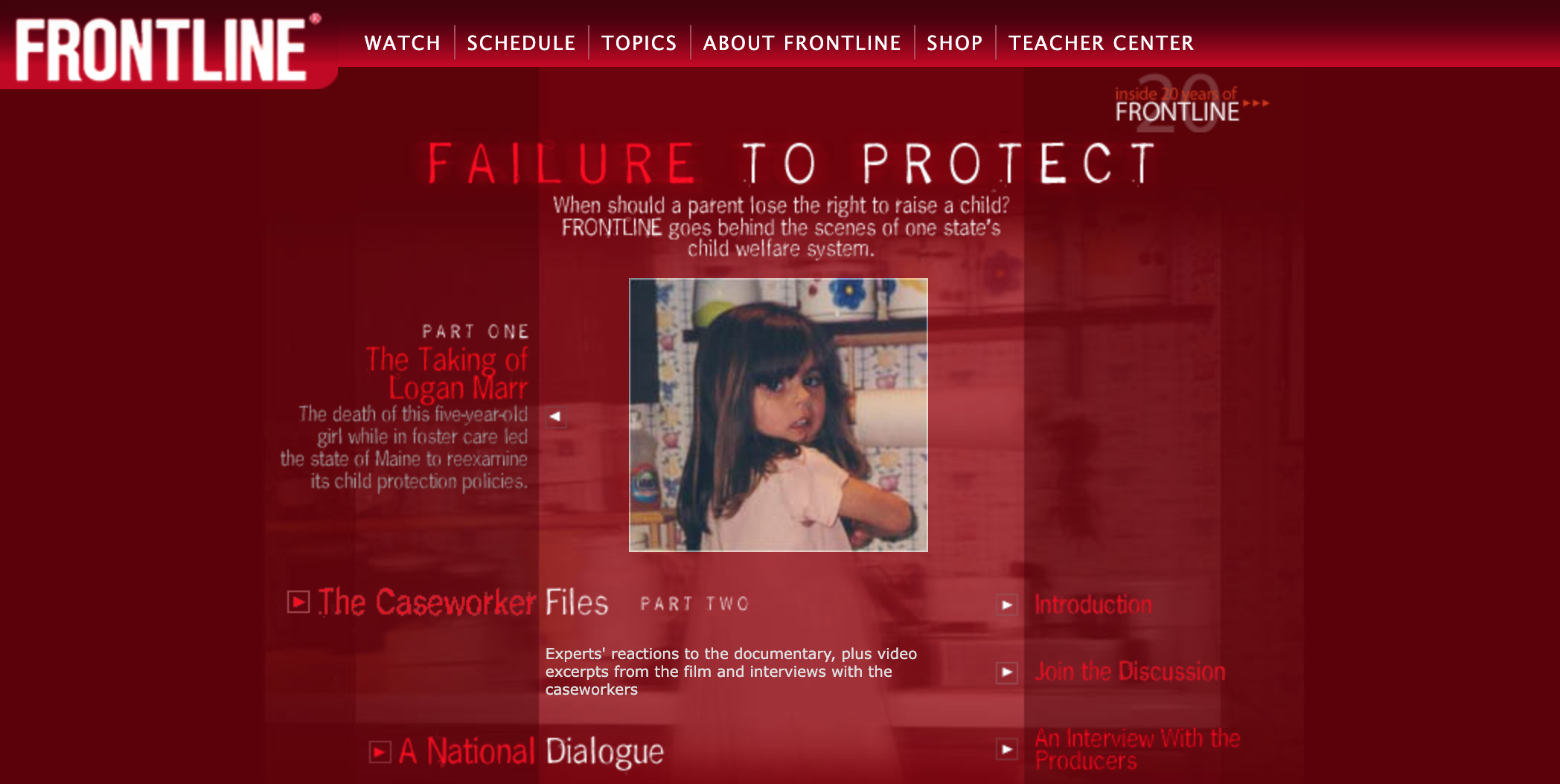Agenda item 14 on today’s Washoe County Commissioners docket is whether to renew its $28 million stalled deal with Clark/Sullivan Constructors to add on a “security checkpoint, nurse’s station, case management, counseling and staff offices, a break room, as well as other infrastructure.”
The swing vote could be newly appointed Commissioner Carla Andriola after a recent 2-2 vote stopped the construction just as it was about to begin. Commissioner Mike Clark said he needed to see data outcomes for people sleeping at the Cares Campus before voting yes on anything related to the huge, costly, mostly bare compound. A silent Jeanne Herman who had previously accepted the Clark/Sullivan deal joined him in voting no.
Andriola, a Republican with a background in the building and contracting industry, was appointed by Governor Joe Lombardo to replace previously elected Commissioner Vaughn Hartung, who was himself appointed to chair the Nevada Transportation Authority.
Our Town Reno emails to Commissioner Alexis Hill, County spokeswoman Bethany Drysdale and Housing and Homeless Services Manager Dana Searcy asking if they had any concerns for the future of the Cares Campus went unanswered.
The other yes vote Commissioner Mariluz Garcia did write back to Our Town Reno indicating: “I can’t speak for the other commissioners, but from my personal experience the County Manager’s Office and county staff have given me the additional data/outcomes that I have requested.”
The language of agenda item 14 says work would now be anticipated to begin on or about April 12 if the deal passes this go round.
Our Town Reno also asked Drysdale, Searcy and Hill about Picon Press Media expressing spending concerns on its Facebook about the three-year lease at 170 South Virginia Street, Reno for $643,679.05 for offices for the Cares Campus team and the approval of $225,170.73 for office furniture for the team for the three-year lease.
“Do you believe those are valid concerns, or would you say those amounts of spending were justified?” we asked. Those queries were also not answered.
Another 2-2 tie several weeks ago denied the approval of a lease agreement with Accessible Space Inc. for a three-acre parcel at the Cares Campus site, for $1 per year over 30 years, in exchange for 120 units of specialized transitional housing.
That will be revisited as well in Agenda 13 (above), after Hill reintroduced both stalled items.
About 550 beds are usually filled on a nightly basis at the Cares Campus, according to Washoe County statistics, with an additional 40 people sleeping at its so-called safe camp of Mod Pods.




